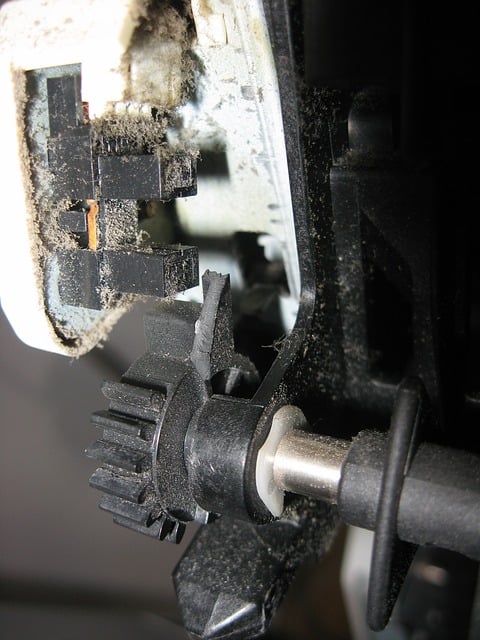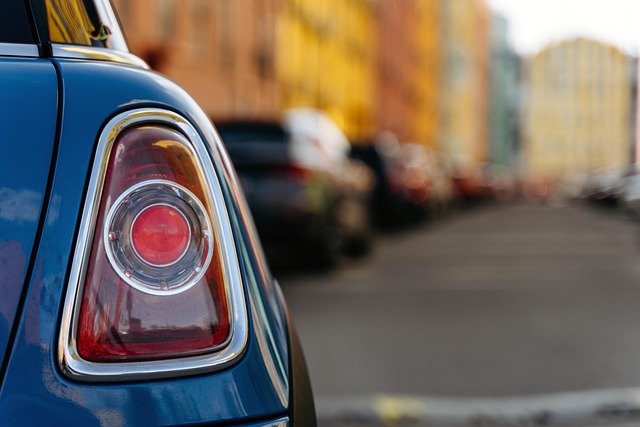Structural repair precision is vital for vehicle safety and performance after repairs, especially from fender benders or collisions. Skilled technicians with advanced tools and software ensure accurate restoration of components, maintaining structural integrity. This meticulous approach involves frame straightening, precise measurements, and expert craftsmanship, resulting in safe, reliable, and high-quality auto body repairs.
In the realm of construction and maintenance, achieving optimal structural repair precision is paramount for ensuring both performance and safety. This meticulous art involves restoring damaged or degraded structures to their original integrity, a task that demands utmost accuracy and expertise. This article delves into the intricacies of structural repair precision, exploring its foundational role in safety and performance reliability. We examine key factors influencing this precision and highlight best practices for achieving consistent, dependable structural repairs.
- Understanding Structural Repair Precision: The Foundation of Safety and Performance
- Key Factors Influencing Structural Repair Precision
- Implementing Best Practices for Reliable Structural Repairs
Understanding Structural Repair Precision: The Foundation of Safety and Performance

Understanding Structural Repair Precision: The Foundation of Safety and Performance
Structural repair precision is the cornerstone of any reliable vehicle repair service. It’s about more than just fixing dents or replacing parts; it involves meticulous attention to detail, utilizing advanced techniques and tools to ensure every component is restored to its optimal condition. This precision is crucial for maintaining both performance and safety, as even minor imbalances can have significant implications on a car’s handling, stability, and overall functionality.
When you seek auto body services or vehicle repair services, including auto glass repair, it’s vital that the technicians are trained in structural repair precision. They must be adept at aligning panels, tightening fasteners, and ensuring every weld is structurally sound. This level of expertise guarantees not only a visually appealing restoration but also a safe, reliable ride for years to come.
Key Factors Influencing Structural Repair Precision

Achieving structural repair precision is paramount in ensuring the performance and safety reliability of vehicles, especially after incidents like fender repairs or collision repairs in automotive body shops. Several key factors significantly influence this critical process. First and foremost, the expertise and skill of the technicians play a pivotal role; their proficiency in reading blueprints and accurately measuring components is essential to maintaining the structural integrity of the vehicle.
Additionally, advanced technology and equipment are indispensable tools in achieving high-precision repairs. Modern automotive body shops leverage state-of-the-art devices that enable precise cuts, measurements, and adjustments, thereby minimizing errors that could compromise the final result. The use of specialized software for computer-aided design (CAD) and computer-aided manufacturing (CAM) further enhances accuracy in both planning and execution phases of structural repairs.
Implementing Best Practices for Reliable Structural Repairs

In the pursuit of optimal performance and safety in vehicles, structural repair precision stands as a cornerstone. It’s not just about fixing parts; it’s about aligning them with exquisite exactness to restore the vehicle’s structural integrity. Best practices in structural repairs involve meticulous techniques such as advanced measurement technologies, skilled craftsmanship, and adherence to industry standards. These methods ensure that every component is accurately repositioned, minimizing displacement and maximizing safety.
Automotive repair professionals, especially those in car body shops, play a vital role in implementing these best practices. Frame straightening, for instance, requires specialized equipment and expertise to straighten warped frames without compromising their original strength. This meticulous approach extends beyond aesthetic improvements; it guarantees the long-term reliability of the vehicle’s performance and safety, making every car body shop that prioritizes structural repair precision a beacon of quality in the industry.
Structural repair precision is not just a nicety, but an indispensable aspect of ensuring both performance and safety reliability in any built structure. By understanding the key factors influencing this precision and implementing best practices, professionals can significantly reduce risks and enhance the longevity of their projects. In today’s world, where structural integrity is paramount, prioritizing structural repair precision is a game-changer that fosters a safer and more sustainable environment.














